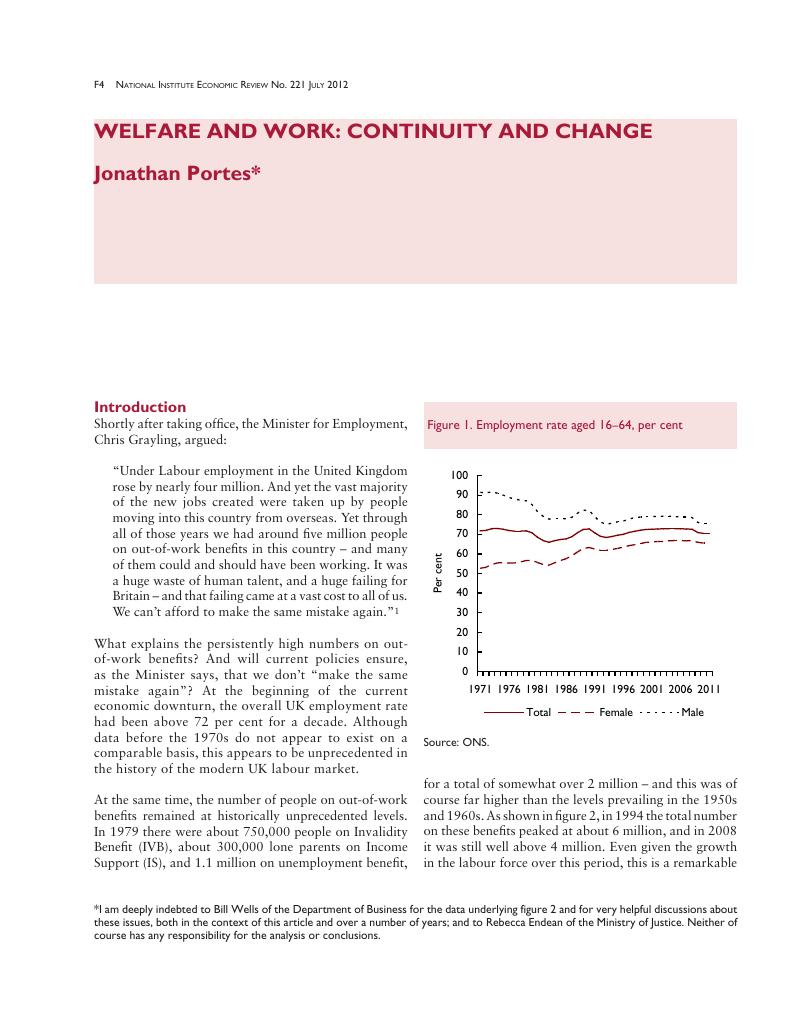Crossref Citations
This article has been cited by the following publications. This list is generated based on data provided by Crossref.
Kirby, Simon
and
Lisenkova, Katerina
2012.
The Future Path of The UK Labour Force.
National Institute Economic Review,
Vol. 222,
Issue. ,
p.
F61.



